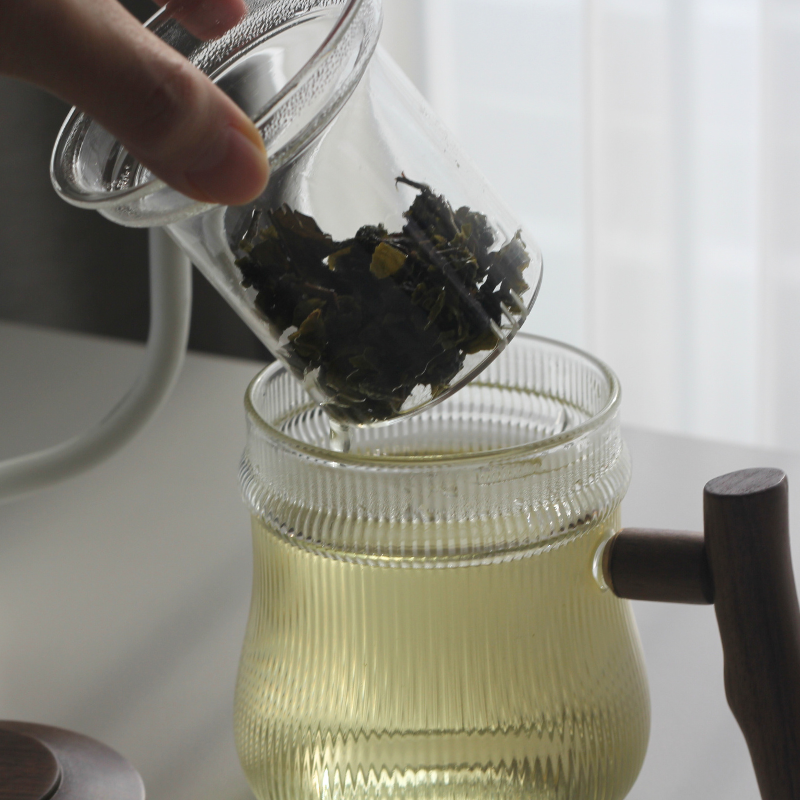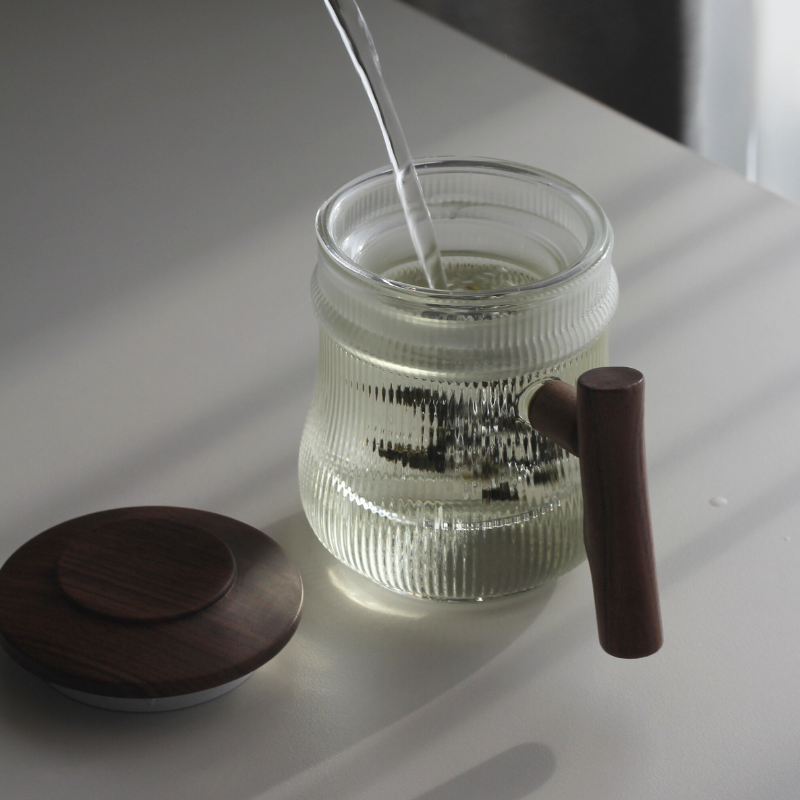TEA JOURNEY [6] | How Green Tea is Made in Korea
"Is Green Tea Only Produced in Korea?"
When it comes to green tea, Korea is often associated with its production. If you browse through local stores, you might think that green tea is exclusively made in Korea.
However, green tea is predominantly produced in East Asia, with China and Japan being the major producers.

Although the following information is based on older data, according to the Korea Agro-Fisheries & Food Trade Corporation (aT), China's tea cultivation area was about 2.79 million hectares in 2015, which is 930 times larger than Korea's, and China's tea production was 860 times higher. Moreover, the Chinese consume green tea the most among its top six types of tea - white tea, green tea, yellow tea, oolong tea, black tea, and dark tea.
Japan is also a significant producer. Referring to the "Trends and Implications of the Japanese Green Tea Industry" published by the Institute of Rural Economics in 2021, Japan has the second-highest export volume of green tea, following China. This may be due to large consumers of green tea in Southeast Asia, MENA, and other western regions for matcha. As of 2019, Japan's tea cultivation area is about 15 times larger than Korea's, and its production volume is more than 17 times higher.
Despite these facts, it is indeed challenging to find green tea from countries other than Korea in the Korean market. This is due to the hefty tariff of 513.6% imposed on imported green tea, since Korea protects its domestic green tea industry.
Korean green tea is mostly organically cultivated in various terrains and fields. Most of the green tea produced is also the high-quality leaves from spring, ensuring superior quality and taste of Korean tea.
Moreover, Korea has a long-standing tea tradition, comparable to China and Japan. When considering the 513% tariff imposed on green tea imports from Japan and China, it becomes clear why it is difficult to find green tea from these countries in Korea.
So, How is Green Tea Produced?
Green tea is classified as a non-fermented tea. It means that the tea undergoes minimal oxidation (or more accurately, enzymatic browning). As soon as the tea leaves are plucked, oxidation begins, causing various changes in color and aroma due to the interaction between the polyphenols in tea and oxygen in the air.
To preserve the natural taste of green tea, this oxidation process is suppressed using heat through a step called fixation (살청). There are two primary methods for adding heat to the leaves: pan-firing and steaming.
In Korea, the traditional method is pan-firing. The plucked leaves are quickly heated in a high-temperature pan for 30 seconds to 2 minutes, depending on the state of the leaves. This pan-firing method enhances the rich and distinct flavor while maintaining the original aroma of the tea leaves. Between rolling and firing, the process is repeated 9 times for handcrafted green tea makers, such as Tea Juklim.
On the other hand, the steaming method is predominantly used in Japan. Steaming the leaves breaks down the cell structure, and the steamed tea can be air roasted or powdered -- making sencha and matcha, respectively. While sencha is brewed and steeped like other types of green tea, matcha is often dissolved in water and consumed wholly.
After fixation, the leaves undergo rolling (유념), where they are gently manipulated (or kneaded) by hand to break down cell membranes. In Korea, tea enthusiasts prefer a mild and delicate flavor, so rolling is conducted cautiously to avoid excessive bruising and preserve the natural shape of the leaves. Again, the traditional method of making premium Ujeon green would repeat this step up to 9 times.
Finally, to maintain the quality of the tea, the leaves are dried. This can be done either by pan-firing them again or using drying machines until the moisture content reaches around 5%.
Korean green tea mainly utilizes the small leaves harvested in spring, which require meticulous handpicking and yield a relatively small quantity.
In Korea, tea leaves are harvested in April, just before the rainy season (Grain Rain, or Gok Wu). Smaller leaves have a more refined taste, making them ideal for green tea production. (See our other blog posts on the scientific reasons why green tea is so complex in flavors)
At Tinge of Soul, we personally visit tea estates and curate a selection of premium Korean green teas. If you're curious to experience the authentic taste of Korean green tea, check out our selection of teas in our shop.






![TEA JOURNEY [13] | Tea Tasting Terminology](http://tingeofsoul.com/cdn/shop/articles/IMG_3072.jpg?v=1686898175&width=1080)
Leave a comment